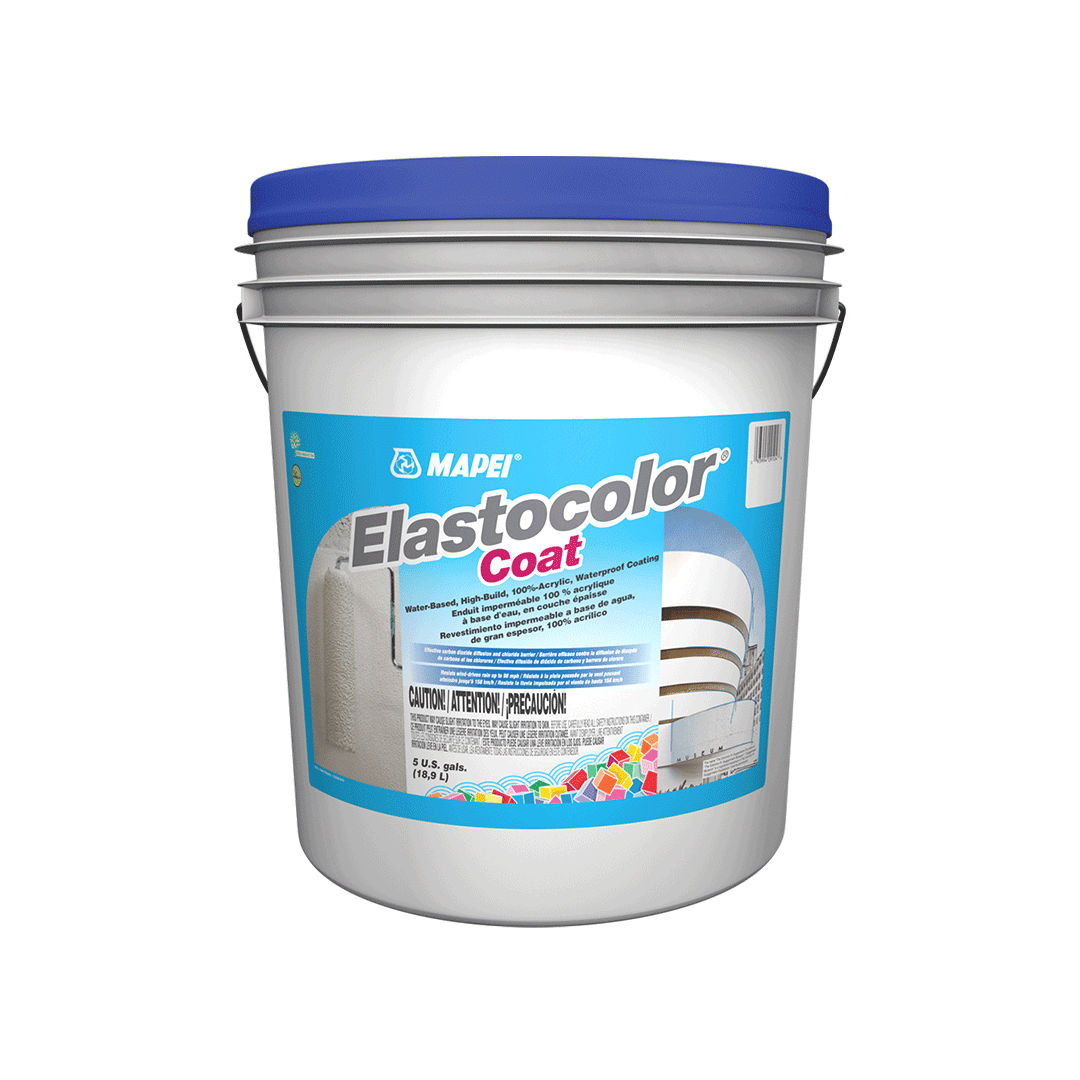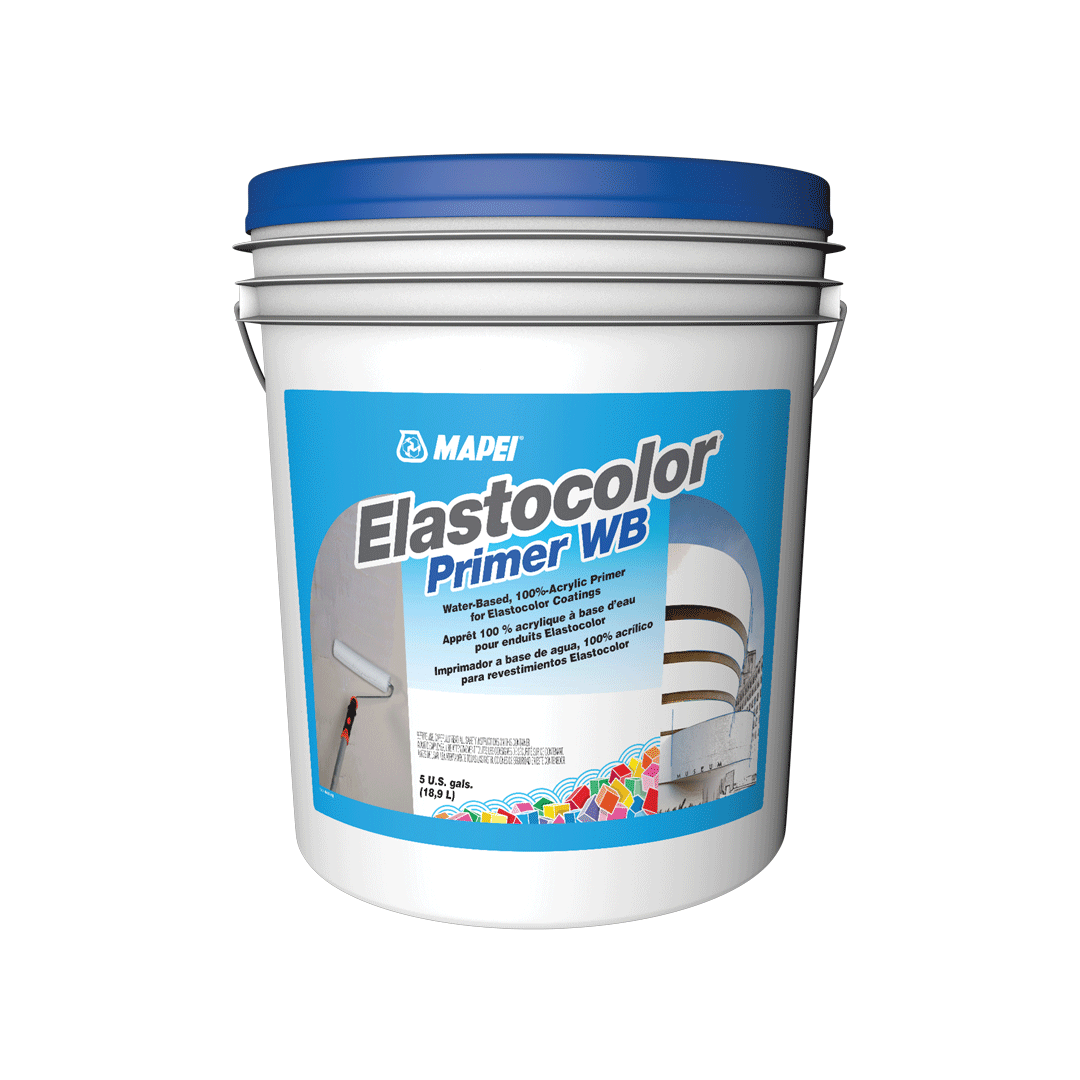 Búsqueda por líneas de productos
Búsqueda por líneas de productos
 Todas las líneas de productos
Todas las líneas de productos
 Búsqueda de productos
Búsqueda de productos
 En el foco
En el foco
De Realtà Mapei n.° 33 - 5/18/2021
The Oroville State Theatre in Oroville, CA, is listed on the National Register of Historic Places. And, if you are given to believe in ghosts, it would be easy to believe that this place is surely haunted – if not by one or two of the many actors and actresses who have graced her silver screens, then by the theater’s own dramatic past. After all, her steel bones were exposed for all to see, with rust stains bleeding down the ornate concrete facade.
Designed by famed California Art Deco architect Timothy Pflueger and built by T&D Jr. Enterprises at the tail end of the roaring ’20s, the Oroville State Theatre sprang to life in a charmed time when movies reigned supreme and California fed the world – both figuratively and literally.
The area was rich in agriculture; in fact, it was the agricultural industry that supported Oroville through the early days of the Great Depression when nearby communities did not fare as well. That richness was reflected in the nearly 1,600-seat Oroville State Theatre, which even boasted a Wurlitzer pipe organ. Unfortunately, the economic downturn of the Great Depression hit the area all too soon.
The theater was sold to United Artists (UA), and the company “modernized” the interior by adding a wall to divide the auditorium into two 600-seat spaces to show more films. UA also, unfortunately, allowed both the interior and the exterior to lose the grandeur of the theater’s golden-era past. By the time UA sold the theater to the City of Oroville in 1983, it was a ghost of its former self.
It was not until 2014 that the Oroville City Council stepped in and voted to allow the State Theatre Arts Guild (STAGE), a non-profit organization, to operate and manage the theater as an all-volunteer venue.
STAGE knew that the Oroville Stage Theatre deserved to be returned to the showplace status of its glory days. Thus, the organization embarked on a community effort to restore the theater by beginning an initiative called “One Pipe at a Time” in homage to the beloved Wurlitzer organ that was reinstalled and once again plays out over the auditorium on special occasions.
(Editor’s note: The organ was in storage near the Oroville dam and was reinstalled after the dam’s spillway was repaired, thanks to another successful MAPEI intervention. See the “Oroville Dam” case study in Realtà MAPEI North America, No. 30, for details on that project.)
To restore the theater’s exterior, STAGE contacted Pullman Construction. Pullman, in turn, reached out to MAPEI.
“It was one of those calls you love to get,” said Rob Dyer, MAPEI’s Western Regional Sales Manager and the company’s representative on this project. “Not only was it an interesting project on a well-known building in the local area, but the GC knew our products and knew that we were the right fit to restore this important structure.”
A specification was not needed: MAPEI had the best system solution in hand. Dyer, along with MAPEI’s Northern California Concrete Restoration Specialist, Lemay Mitchell, produced and implemented a MAPEI system solution to repair and protect the theater. In theater terms, it is Mitchell who gets the “director’s credit” due to training the installers to ensure the proper placement of products – from the beginning to the end of the “production.”
“A four-man crew handled this project,” Dyer explained. First, the exposed and corroded steel rebar was cleaned using a rotary hammer, and the surrounding concrete was profiled to a minimum of concrete surface profile (CSP) #5 (medium-to-heavy shotblasting). Then, the rebar was coated with Mapefer 1K corrosion-inhibiting coating.
Cracks were sealed with Mapeflex EMC-1 patching compound. Planitop XS repair mortar was then trowel-applied to the surface of the facade; the mortar filled in voids, repaired damage and helped to recreate decorative elements that had been lost to time and wear.
“We had sent a paint chip from the facade to our lab,” Dyer continued. “They matched the historic color exactly, creating a shade of Elastocolor Coat that is a perfect shade and tone twin to the Oroville State Theatre.”
Before Elastocolor Coat waterproof coating could be spray-applied, however, the crew had to apply Elastocolor Primer WB to the substrate. Once the surface was primed, the theater was given a fresh coat of custom-colored Elastocolor Coat.
“In all, it was 2,000 square feet [186 m²] of vertical concrete restoration, corrosion-inhibitor application, concrete repair, crack repair, as well as the application of elastomeric coating,” Dyer said. “We started in June and we finished in August. This was a quick restoration.”
With her exterior restored to its former glory, the Oroville State Theatre now provides us with a glimpse of the past – and an invitation to step inside history. Who knows? Maybe she also offers the chance to walk among a few ghosts.
Oroville State Theatre – Oroville, CA, USA
Year of renovation construction: 2020
Year of MAPEI involvement: 2020
Architect: Timothy Pflueger
MAPEI coordinators: Rob Dyer and Lemay Mitchell
Project owner: Oroville State Theatre
MAPEI distributor: Spec-West
General contractor: Pullman Construction
Project manager: Nancy Weston
Photographer: Rob Dyer
Project size: 2,000 sq. ft. (186 m²)
Where MAPEI products were used: All work was on the building’s exterior. Exposed rebar was coated with Mapefer 1K corrosion-inhibiting coating. Cracks were sealed with Mapeflex EMC-1 patching compound. Planitop XS repair mortar was trowel-applied onto cracks and voids in the surface of the facade and molded to recreate decorative elements. Elastocolor Primer WB was spray-applied onto the substrate and then a custom color of Elastocolor Coat was applied over the repairs.
Challenges: Matching the color of the existing paint on the historic theater. By using a paint chip, MAPEI’s R&D color specialists were able to create the exact shade.


![Mapefer 1K [NA]](https://cdnmedia.mapei.com/images/librariesprovider10/products-images/4_3000453-mapefer-1k-zero_7dabe91612974fe7952ce611465012ee.jpg?sfvrsn=7bafee00_0)


